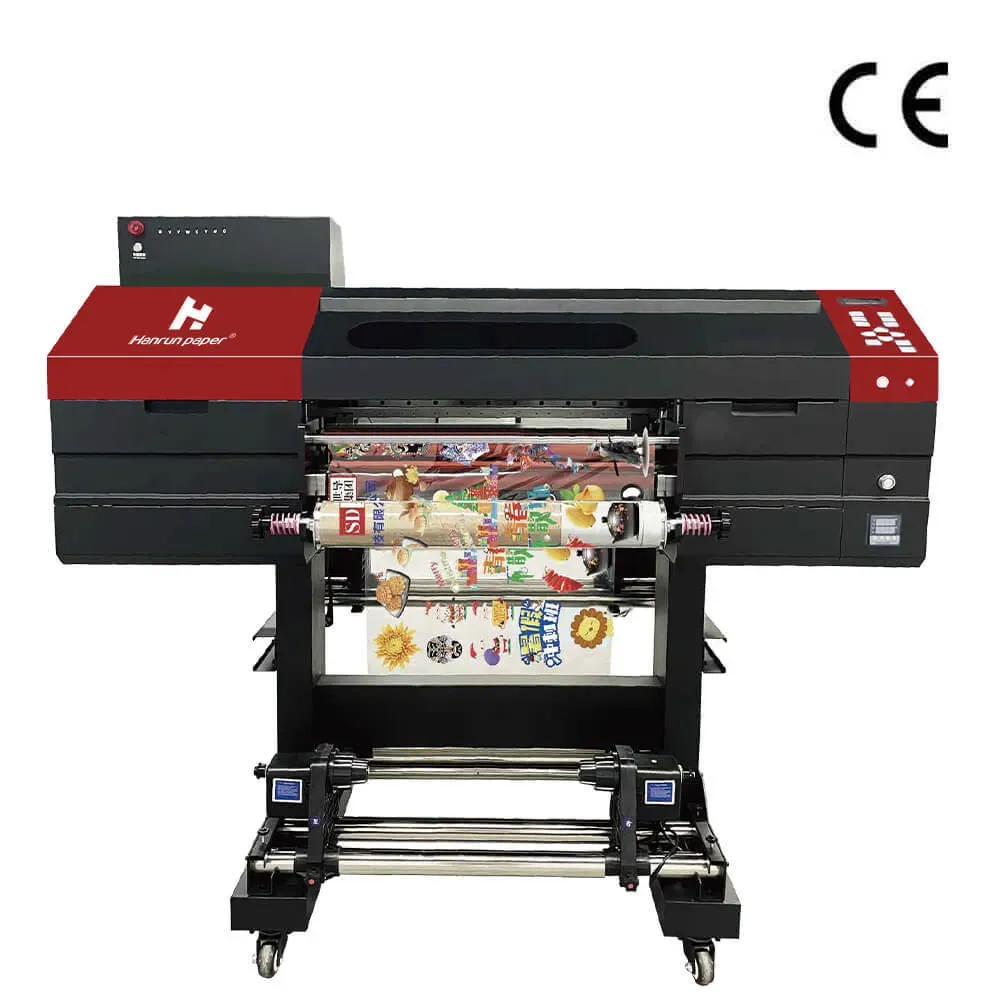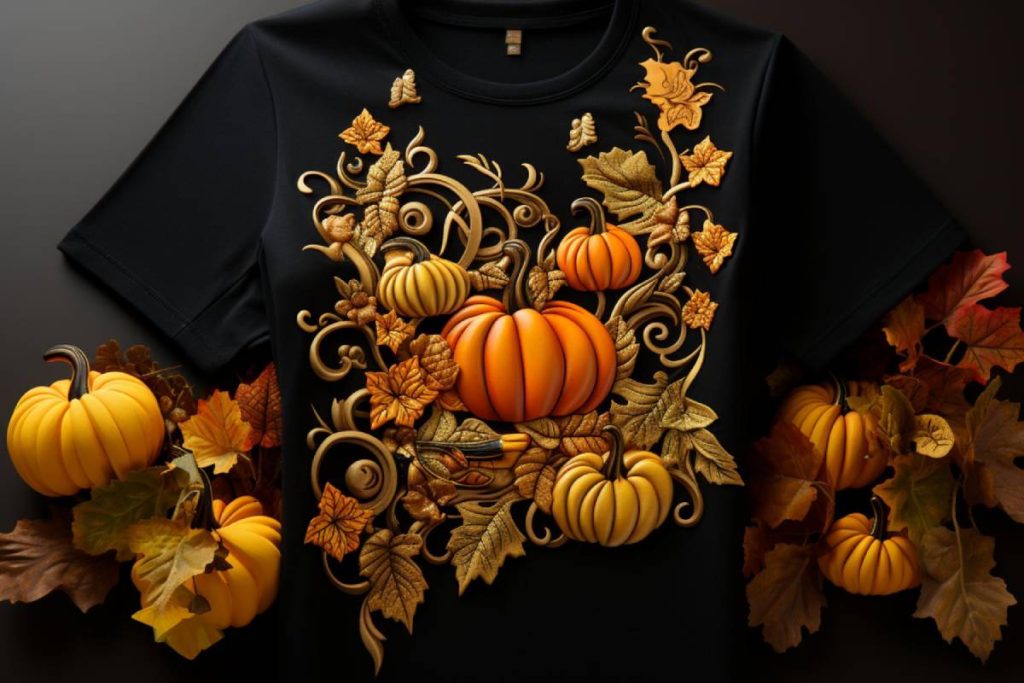UV DTF printing, or UV Direct-to-Film printing, is a revolutionary technique that brings a fresh perspective to the world of custom printing solutions. Utilizing the latest in UV printing technology, this method seamlessly combines the efficiency of direct-to-film printing with the advantages of ultraviolet light curing. The result is a remarkably versatile printing process capable of delivering stunning visuals and durable products across various substrates, including textiles, metals, and plastics. As businesses increasingly seek environmentally friendly printing options, UV DTF presents a sustainable alternative by using low-VOC inks, making it a favorite in domains like signage and fashion. In this article, we will explore the intricacies of UV DTF printing, highlighting its benefits, applications, and the innovative potential it holds for future printing endeavors.
Also known as UV Direct-to-Film technology, this advanced printing process serves as a bridge between traditional techniques and cutting-edge innovations. The method is rooted in the capabilities of UV curing, which accelerates the drying of inks while ensuring high-quality outputs. Organizations are now turning to this adaptable approach for various printing applications, finding it suitable for a range of industries from fashion to personalized merchandise. As attention to sustainability grows, UV DTF emerges as a responsive choice, leveraging inks that align with eco-friendly practices. Overall, this printing method is opening up exciting possibilities for creating distinct products tailored to specific market needs.
The Basics of UV DTF Printing
UV DTF, or UV Direct-to-Film printing, represents an evolution in the landscape of printing technology. By integrating traditional direct-to-film methods with cutting-edge UV curing processes, this technique allows for high-resolution graphics and vibrant color outputs across various substrates. Whether it’s textiles, plastics, or metals, UV DTF’s capacity to deliver exceptional quality makes it a preferred choice for businesses seeking innovative custom printing solutions. Notably, this technology’s quick drying time enhances workflow efficiency, reducing the time spent waiting for prints to cure.
The underlying mechanism of UV DTF printing involves the application of UV-curable inks onto a specialized film, which is then transferred to the desired surface. This method not only ensures a fast turnaround but also provides unmatched durability, which is critical for items exposed to wear and tear. As a result, industries such as fashion, advertising, and consumer products have increasingly turned to UV DTF for marketing and promotional needs, capitalizing on the technology’s versatility and quality.
Exploring the Benefits of UV DTF Printing
UV DTF printing boasts a multitude of advantages that set it apart from traditional printing techniques. One of the most compelling attributes is its ability to produce long-lasting prints that resist fading and scratches. This durability stems from the innovative UV curing process, which not only dries the inks instantly but also solidifies them into a resilient layer on the substrate. Businesses can take pride in the quality of their products, knowing that the prints they offer will stand the test of time, making UV DTF a market leader in quality-focused applications.
Moreover, the environmental benefits of UV DTF printing cannot be overlooked. Utilizing UV-curable inks, which typically contain low levels of volatile organic compounds (VOCs), aligns the technology with sustainable printing practices. As companies increasingly prioritize eco-friendly options, this characteristic makes UV DTF a responsible choice for businesses looking to enhance their sustainability profile while still achieving high-quality results. This fusion of quality and ecological consideration places UV DTF as a frontrunner in modern custom printing solutions.
Applications of UV DTF Printing Across Industries
The adaptability of UV DTF printing extends beyond mere efficiency; its applications are vast and varied. This technology is commonly used for creating customized items such as promotional merchandise, industrial labels, and personalized apparel. The capability to print on non-traditional surfaces broadens the scope, allowing brands to explore creative avenues in marketing and product design that were previously unattainable. In the fashion industry, for example, UV DTF is paving the way for bespoke clothing items that reflect unique brand identities.
Another significant area where UV DTF printing excels is in signage and display products. Businesses in the retail sector are leveraging this technology to create eye-catching displays that require minimal setup time and deliver high-impact visuals. Additionally, as digital advertising continues to incorporate more tactile experiences, the demand for innovative print solutions like UV DTF has surged, showcasing its importance in contemporary marketing strategies.
The Environmental Edge of UV DTF Printing
As the demand for environmentally responsible practices rises, UV DTF printing stands out for its minimal ecological impact. This printing method employs UV-curable inks that are designed to be low in harmful constituents such as volatile organic compounds (VOCs). This distinction not only enhances air quality during the printing process but also solidifies UV DTF’s status as an environmentally friendly alternative to traditional solvent-based inks. Businesses seeking to align their operations with sustainability goals can feel confident in selecting UV DTF for their printing needs.
Moreover, reducing waste is a fundamental aspect of eco-friendly printing, and UV DTF addresses this concern effectively. The efficient ink consumption and rapid drying process translate to less material waste throughout the production cycle. For companies aiming to achieve green certifications or seeking to promote their ecological initiatives, adopting UV DTF technology reinforces their commitment to sustainable practices while also ensuring high-quality printed products.
Cost-Effectiveness of UV DTF Printing
In the realm of printing technologies, cost is a pivotal consideration for businesses, especially when contemplating the overhead associated with production methods. UV DTF printing offers a cost-effective solution for shorter print runs, allowing companies to maintain profitability while meeting customer demands for quick turnaround times. The efficient utilization of printed materials—along with minimal post-print processing—leads to significant savings over traditional printing methods.
Additionally, by reducing setup times and minimizing waste, UV DTF helps organizations streamline their operations, enhancing overall productivity. As firms seek ways to balance quality with budget, the strategic adoption of UV DTF technology stands out as an investment that aligns affordability with the fast-paced dynamics of the modern market.
Future Trends and Innovations in UV DTF Printing
As UV DTF printing technology continues to evolve, significant advancements are on the horizon. Manufacturers are focusing on increasing the speed and efficiency of UV DTF processes, which will further revolutionize production capabilities across industries. Emerging developments in ink formulations and printer technology are anticipated to enhance versatility and expand the range of substrates compatible with UV DTF printing. This evolution not only meets heightened customer expectations but also opens doors to innovative market opportunities.
Furthermore, as businesses increasingly engage with personalized marketing solutions, the demand for UV DTF printing will likely surge. The capacity for high-quality custom designs tailored to specific client needs positions UV DTF as a leading choice for brands aiming to differentiate themselves in a competitive landscape. With continuous research and development propelling this technology forward, UV DTF printing is poised for exponential growth, setting a new standard in the custom printing sector.
Frequently Asked Questions
What is UV DTF printing and how does it work?
UV DTF printing, or UV Direct-to-Film printing, combines traditional direct-to-film methods with UV curing technology. This innovative printing process allows for high-quality outputs on various substrates such as textiles, plastics, and metals by utilizing UV-curable inks that dry quickly and adhere effectively.
What are the key advantages of using UV DTF printing over other methods?
The primary advantages of UV DTF printing include vibrant color reproduction, exceptional durability, and a reduction in fading. Additionally, this method is cost-effective for short runs, environmentally friendly due to low VOC emissions, and versatile enough to accommodate numerous printing applications across different materials.
Are UV DTF printing inks environmentally friendly?
Yes, UV DTF printing utilizes UV-curable inks that are low in volatile organic compounds (VOCs), making them a more environmentally friendly printing solution compared to traditional solvent-based inks. This aligns with increased sustainability efforts in the printing industry.
What kinds of applications can UV DTF printing be used for?
UV DTF printing is adaptable for a wide range of applications, including custom clothing, promotional products, industrial labels, and personalized items. Its ability to print on various substrates allows businesses to cater to unique client needs in the promotional products and fashion industries.
What are the limitations of UV DTF printing technology?
While UV DTF printing offers many benefits, it has limitations, including challenges with extremely flexible materials and the initial investment cost for printers. These factors may deter some businesses from adopting this technology despite its advantages.
How does UV DTF printing contribute to cost savings in printing processes?
UV DTF printing is cost-effective for short print runs due to efficient ink usage and quick turnaround times, which reduce waste. As businesses require flexibility in production, this method helps balance quality demand with budget considerations.
| Key Points | Description |
|---|---|
| Quality and Durability | Produces vibrant colors and sharp images with remarkable detail; prints are durable and resistant to fading and scratching. |
| Environmental Impact | Uses UV-curable inks that are low in volatile organic compounds (VOCs), making it an eco-friendly printing option. |
| Cost-Effectiveness | Cost-effective for short print runs, efficient ink usage, and quick turnaround times reduce waste. |
| Diverse Applications | Ideal for personalized items like custom clothing and promotional products; versatile across non-traditional surfaces. |
| Limitations | Not suitable for extremely flexible materials; initial investment for technology can be high. |
| Recent Developments | Advancements in speed, efficiency, and versatility of inks; increased demand for custom printing. |
Summary
UV DTF printing is an innovative printing process that merges traditional methods with modern UV curing technology to achieve high-quality, durable prints. This technique not only allows for vibrant colors and sharp images across various materials like textiles, plastics, and metals but also demonstrates eco-friendliness through low VOC emissions. The adaptability of UV DTF printing for numerous applications, such as personalized items and promotional products, coupled with its cost-effectiveness for short print runs, positions it as a game-changer in the printing industry. As technology continues to evolve, the potential for UV DTF printing to create new opportunities for businesses aiming to enhance their custom printing capabilities is significant.



